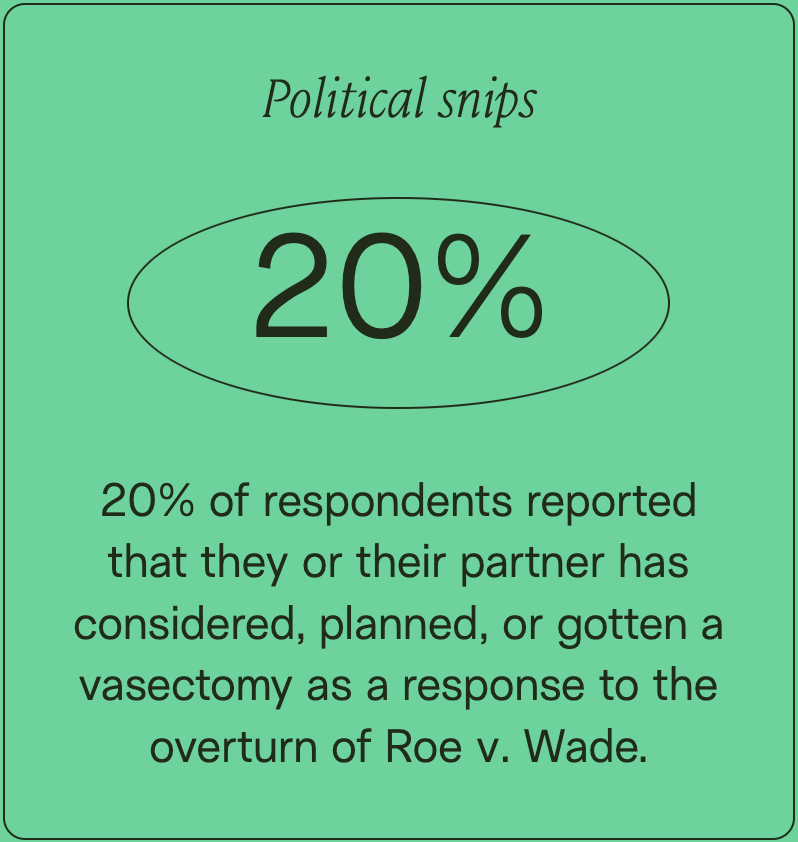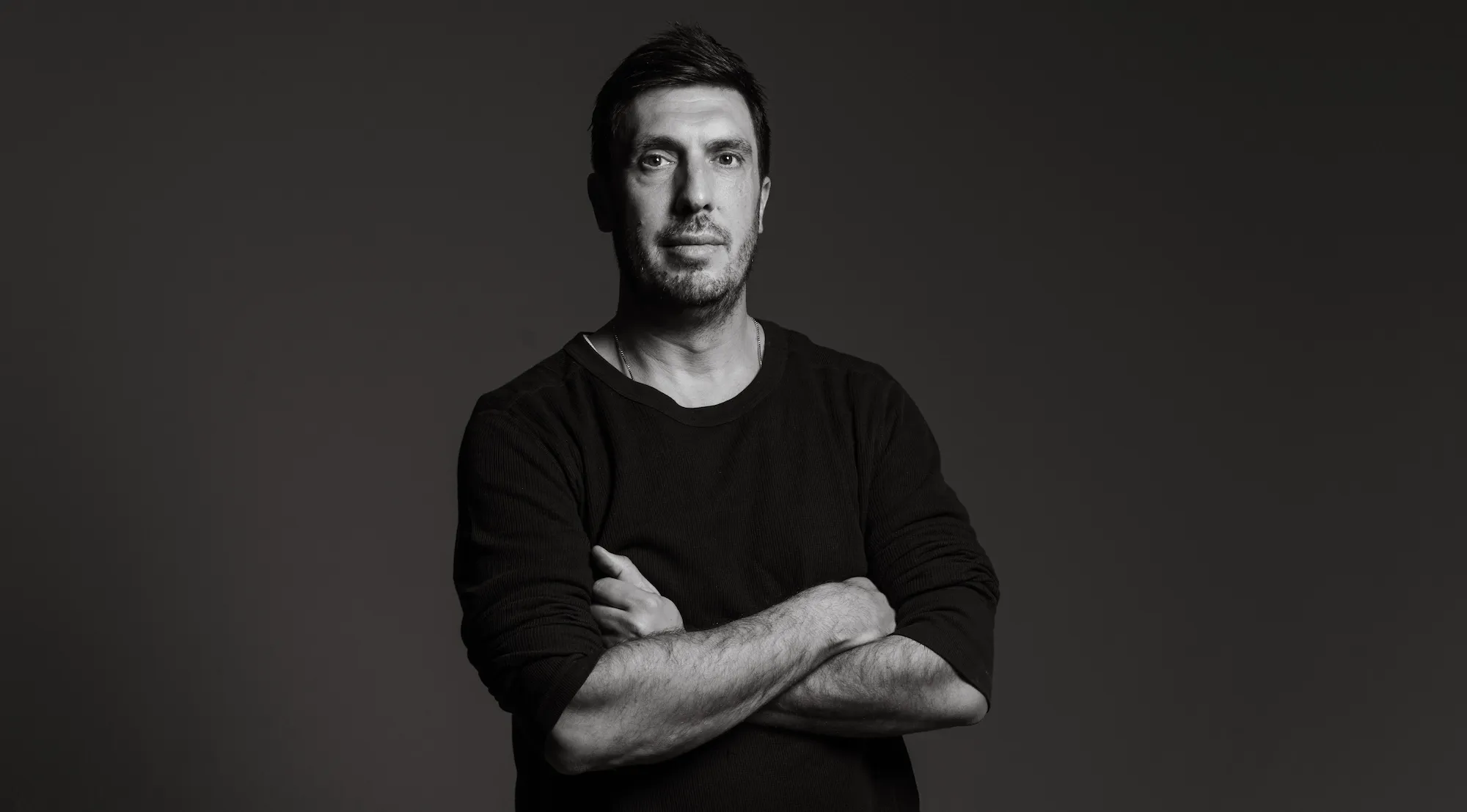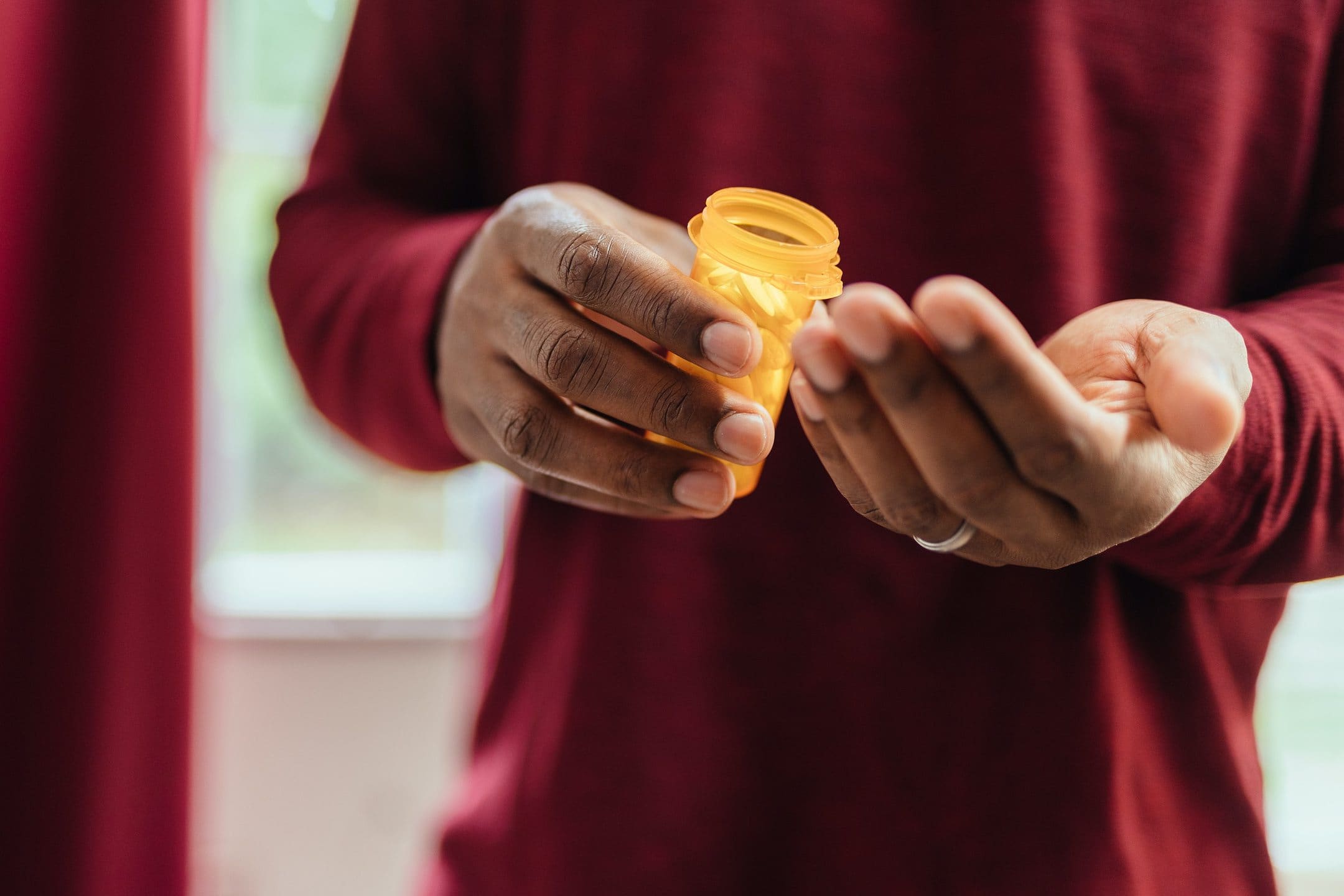They call it “Vas Madness.” That’s right — March is a peak time for vasectomies, with some urologists estimating that they perform 30% more vasectomies in March compared to any other month.
Why? March Madness. After a vasectomy, the patient is expected to be a couch potato for 2–3 days. Booking a vasectomy in the month of March is convenient timing—you can recover at home while watching the annual college basketball battle, which offers games all day long.
And doctors vouch for it! Sort of. “Given that March Madness televises multiple games on back-to-back days, especially in the early rounds of the tournament, it provides a great activity for men to lay low and successfully recover from their procedure,” Dr. Alexander Rozanski, assistant urology professor at the University of Texas Health Science Center, recently told USA Today. “This creates a great opportunity for men to recover successfully while also doing something they like to do.”
Key takeaways
- Doctors say vasectomy rates boom every year in March, but they’re also rising year-round.
- More men are getting vasectomies to be equal partners in fertility, often to relieve their female partners of the mental and physical effects of hormonal birth control.
- Freezing your sperm before a vasectomy creates a reliable backup plan in case you change your mind about having kids — for a fraction of the cost and none of the hassle that accompanies a vasectomy reversal.
Are there really more vasectomies in March?
“Vas Madness” isn’t just something news outlets whip up for cute headlines. The Cleveland Clinic in Ohio historically books more vasectomies in March than any other month, said Dr. Sarah Vij, the director for the hospital’s Center for Male Fertility. “March is one of our busiest vasectomy months of the year, every year,” she said. “It is certainly not [a] rumor.”
What month do most men get vasectomies? December is the only month busier than March. That’s when many people have met their annual health-insurance deductibles, lowering their out-of-pocket costs for the procedure, said Vij.
Vasectomy increase isn’t momentary madness
But the vasectomy boom isn’t limited to those months. More men are getting the procedure year-round. In a 2023 study, University of Chicago researchers found that vasectomies increased 26% between 2014 and 2021 (the latest data available), calling it a “remarkable surge.” Another study found a 22% increase in vasectomy consultations since the Supreme Court’s June 2022 Dobbs decision. It overturned Roe v. Wade, the landmark case that found women have a federal right to choose abortion.
Our own research confirms this: In a survey conducted for Legacy’s 2023 Sperm Report, 20% of respondents reported that they or their partner had considered, planned, or gotten a vasectomy as a response to the overturn of Roe v. Wade.
Why? More men are stepping up to be equal partners in birth control. The Dobbs decision has limited abortion services in some states and is clearly a motivator. “After the Roe v. Wade overturn, there has been a significant increase in Google searches for vasectomy, as well as an uptick in vasectomy consultations and procedures,” Dr. Stanton Honig, division chief for reproductive and sexual medicine at Yale School of Medicine, told HealthDay in August. “This recent study points to the fact that men are taking more of a role in reproductive health and family planning, especially when they are finished having children.”
But even before Dobbs, more men were choosing vasectomy than ever.
First of all, more men are saying they don’t want to have children, and saying it at younger and younger ages. A 2022 study published in the Journal of Marriage and Family found that the number of men 15 to 49 who said they didn’t want children more than doubled between 2001 and 2018, and the number of male high school seniors with the same view tripled.
Another major consideration is that many men — who may be in monogamous relationships and/or have children already — are getting vasectomies to relieve their female partners of the burden created by hormonal birth control.
Vasectomies are trending on social media
In 2024, vasectomies went viral. The procedure was discussed all over pop culture and social media. On the latest season of Netflix’s Love Is Blind, popular couple Johnny and Amy talked about their vasectomy plans. This led singer-producer Matthew Koma (AKA Mr. Hillary Duff) to DM the Love Is Blind cast while recovering from his own vasectomy, attracting plenty of comments on TikTok and Instagram.
That was just weeks after country star Kane Brown revealed he got a vasectomy after the birth of his third child, and former Bachelor and Traitors star Arie Luyendyk talked about the prospect of reversing his vasectomy on his Instagram Stories.
Planning for a vasectomy
If you’re considering a vasectomy, talk to your healthcare provider. They will refer you to a urologist, who will walk you through what to expect and how to prepare for the procedure.
A vasectomy is generally not a heavy lift. The outpatient procedure takes just minutes, and recovery involves relaxing and not picking up weights for a week or two.
But there’s are important prep steps to prioritize:
- Sperm freezing before vasectomy is a reliable backup plan, just in case you change your mind about having children in the future. Contrary to conventional wisdom, vasectomies aren’t easily reversible. Only about 30% of vasectomy reversals result in a successful pregnancy.
Freezing sperm before vasectomy isn’t just more reliable than a vasectomy reversal—it’s way less expensive. Vasectomy reversals cost $16,000 to $20,000 on average, according to 2024 stats from the University of Rochester Medical Center. Reversals are often followed by a second vasectomy and additional costs. - Sperm testing after your vasectomy is a critical step in the process. Even after you’ve gotten “the snip,” you may still be fertile, as sperm can hide out in the vas deferens. Typically, your doctor will advise you to do a semen analysis approximately 12 weeks and 30+ ejaculations after your vasectomy.
How to test and freeze your sperm from home with Legacy
Legacy lets you test and freeze your sperm 100% from home, eliminating the need for visits to a doctor or traditional fertility clinic.
How Legacy’s sperm testing and freezing works:
- Legacy sends a sample collection kit to a client’s home.
- The client provides a semen sample and sends it back within 24 hours. The kit contains transport media that keeps the sample fresh until it arrives at a Legacy lab.
- The sample is analyzed for five industry-standard metrics of sperm quality, the same evaluated by a traditional fertility clinic.
- Results are securely sent to the client within 48 hours.
- If a client chooses to freeze their sperm, the sample is split and securely stored in two locations to protect it from natural disasters and unforeseen events.
Learn more about how Legacy can help you preserve peace of mind by freezing your sperm before a vasectomy.
Not sure if testing or freezing are right for you? Take our quiz to find out.
Webinar: Everything you need to know about vasectomy
In this Legacy webinar, reproductive health experts walk through the vasectomy process from start to finish—including what to expect, how to prepare, and why freezing sperm beforehand is a smart choice.




